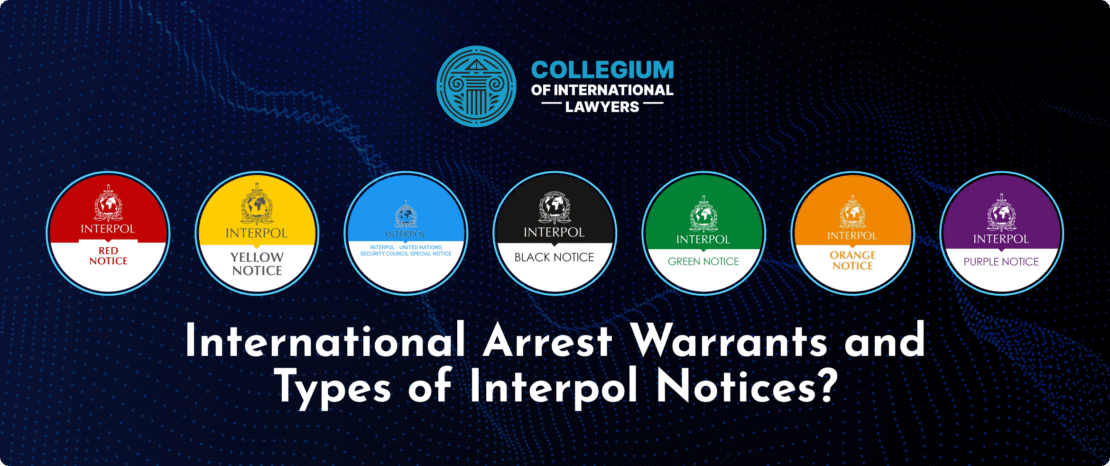The Rise of the Russian Mafia A Dark Underworld Unveiled
8 Oktober 2025 dans Allgemein | von fazli

The Rise of the Russian Mafia: A Dark Underworld Unveiled
The story of the Russian Mafia is one of violence, power, and resilience that dates back for many decades. Emerging from the shadows of the Soviet Union, this criminal organization has shaped and reshaped the socio-political landscape of Russia and beyond. The rise of the Russian mafia Bratva criminal network origins paint a vivid picture of how a patchwork of loosely organized groups evolved into a powerful entity influencing various facets of life. Understanding the rise of the Russian Mafia provides insight into its now-global scope and impact.
Historical Background
To fully appreciate the rise of the Russian Mafia, one must first consider the socio-political landscape of post-revolutionary Russia. The roots of organized crime in Russia can be traced back to the early 20th century when criminal enterprises began to emerge in major cities, particularly in St. Petersburg and Moscow. During the Bolshevik Revolution in 1917, the chaos that ensued allowed criminal organizations to flourish.
As the Soviet regime established control over all aspects of life, underground networks formed around various illicit activities, from bootlegging to black market trading. The harsh economic realities of the Soviet era contributed to the rise of the “thieves’ world” or “vory v zakone,” which literally means “thieves in law.” These were not just common criminals; they were elites among criminals who maintained a strict code of conduct and loyalty.
The Soviet Era and Organized Crime
Throughout the Soviet era, the government attempted to suppress organized crime but often fell short. The infamous Gulags served as breeding grounds for criminal enterprises, where inmates formed connections that outlasted their imprisonment. With the decline of the Soviet Union in the late 1980s, many of these former inmates returned to society, armed with a network of contacts and established a criminal hierarchy that would assert dominance in the newly formed Russian Federation.

Collapse of the Soviet Union and the Exploitation of Chaos
The collapse of the Soviet Union in 1991 marked a significant turning point for organized crime. The transition from a centrally planned economy to a market economy was fraught with instability. This new environment allowed organized crime to expand rapidly, as traditional regulations faded and chaos reigned. The Russian Mafia began to infiltrate various sectors, including banking, real estate, and even legitimate businesses.
During this period, a wide array of criminal organizations emerged—some cooperating with one another while others engaged in fierce rivalries. The “Bratva” (the Brotherhood) became one of the most recognizable terms associated with the Russian Mafia, embodying a collection of clans and families that operated with their own set of rules and codes.
Key Figures and Infamous Clashes
Among the notable figures in the rise of the Russian Mafia were Semion Mogilevich and Semyon Yukovich, both of whom became instrumental in the expansion of their organizations. Their operations extended beyond Russia to Europe and the United States, involving various criminal activities such as arms smuggling, human trafficking, and drug distribution.
The infamous turf wars between rival factions, particularly in the 1990s, led to violence that extended to public figures, law enforcement, and even the government. The assassination of rival leaders often served as a way to secure territory and influence, further entrenching the Mafia’s power within society.
The Connection with Politics and Influence

One of the most striking aspects of the rise of the Russian Mafia is its deep-seated connections with politics and business. As the oligarchs emerged in the 1990s, many sought the protection of criminal organizations for their businesses. Conversely, corrupt politicians often relied on the Mafia to maintain control over their territories.
Organized crime infiltrated law enforcement agencies, leading to a climate of corruption that persisted over decades. With many individuals connected to the Mafia holding significant political power, efforts to combat organized crime have often been thwarted by those who are supposed to uphold the law.
The Globalization of the Russian Mafia
As the world became more interconnected, the Russian Mafia began to expand its operations globally. The rise of the internet and international travel facilitated a new range of criminal enterprises that transcended borders. Money laundering operations, cybercrime, and human trafficking became predominant aspects of their global tactics.
In recent years, the Russian Mafia has been linked to various high-profile crimes around the world, including scandals involving financial institutions and political meddling in foreign governments. The ability to adapt and infiltrate diverse sectors has solidified their presence as a significant criminal threat globally.
Current State and Future Outlook
Today, the Russian Mafia remains a complex and multifaceted organization with its influence still felt in various spheres. However, despite the efforts of various governments to dismantle these networks, they continue to adapt and thrive. The current climate of political unrest, economic disparity, and intercontinental conflict provides fertile ground for organized crime to flourish.
In conclusion, the rise of the Russian Mafia exemplifies a confluence of historical factors, political dynamics, and economic realities that created a powerful and resilient criminal organization. Understanding its origins, influences, and methods enables a more substantial grasp of the complex nature of crime in today’s world. As the Russian Mafia evolves, its ability to adapt to new challenges will determine its longevity and impact on the global stage.

 gefällt mir
gefällt mir